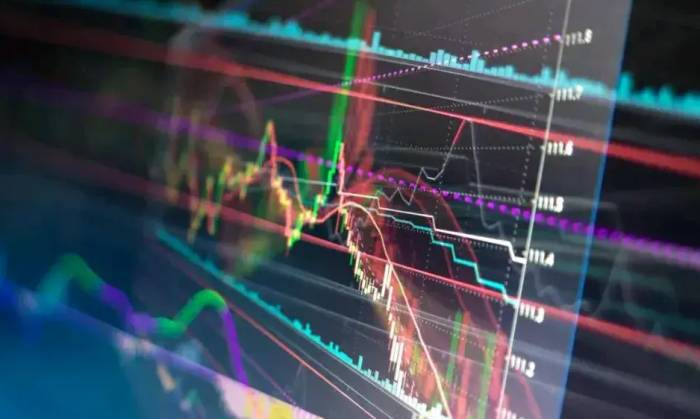Nvidia Plunges 9.5%, $278.9B Market Cap Wiped
On September 3rd, Tuesday, the U.S. stock market opened with a "brutal" decline, with NVIDIA's performance particularly eye-catching.
On the first trading day after a long weekend, many investors were stunned by NVIDIA's sharp drop.
The company's stock plummeted by 9.5%, and its market value evaporated by a staggering $278.9 billion, setting a record for the largest single-day market value loss in the history of the U.S. stock market.
At the opening, NVIDIA entered the market with a 2.8% gap down, and then the stock price continued to slide, eventually closing at $108, the lowest point since August 9th.
This decline means that NVIDIA's market value is further away from the vast threshold of 3 trillion.
More interestingly, the double long ETF related to NVIDIA also suffered a heavy blow, with a decline close to 19%.
This tragedy was not limited to NVIDIA alone; the entire chip industry did not escape this plunge.
The Philadelphia Semiconductor Index, as the industry benchmark, plummeted by 7.8%, successively passing through the two integer thresholds of 5100 and 4800 points, falling to a new low since August 12th.
Advertisement
The SMH ETF tracking this index was not far behind, with a decline of up to 7.5%, setting a record for the largest single-day decline in more than four years.
Obviously, other chip companies were also affected.
Intel, a direct competitor of NVIDIA, saw its stock price plummet by nearly 9%, and AMD was not far behind, with a decline close to 8%, setting a new low in three weeks.
TSMC, the world's largest chip foundry, saw its U.S. stock price fall by 6.5%, while another major wafer foundry, GlobalFoundries, plummeted by 8.6%.
In addition, chip equipment manufacturers KLA, Applied Materials, and ASML also fell into trouble, with declines of 9.5%, 7%, and 6.5%, respectively.
The reasons for this stock market crash are not complicated.
First, the market's confidence in the manufacturing industry is insufficient, coupled with the upcoming important employment data, which makes investors worried.
Therefore, the entire market has followed the trend of selling with the market.
Moreover, market analysts have said that another factor in the chip stocks' crash is the overall weakness of market sentiment.
With the upcoming important employment data, some investors may start to worry about the risk of economic slowdown.
When everyone is guessing the future direction of the market, it is easy to generate panic, which in turn triggers a large-scale sell-off.
This is particularly evident in NVIDIA's stock price trend.
For technology giants like NVIDIA, such changes are undoubtedly a wake-up call.
Although it has achieved great results in the past, the current market environment seems to cast a shadow on its future development.
After all, the fluctuations in the stock market are often a direct reflection of investors' psychology, and this psychology affects the public's expectations for the future.
So, how should NVIDIA respond in this situation?
First, the company needs to strengthen communication with the market to stabilize investors' emotions.
Second, it should focus on its core business to ensure a balance between technological innovation and market demand.
In addition, NVIDIA may also need to expand into new business areas to diversify risks and enhance its ability to withstand pressure.

Finally, it is worth noting that although NVIDIA's stock price has suffered a heavy blow in the short term, in the long run, the company still has the opportunity to rebound with its strong strength in AI, data centers, and gaming.
In this rapidly changing technology market, whoever can grasp the next wave of growth opportunities will be invincible in the future competition.
In summary, NVIDIA's heavy blow not only makes investors feel the cruelty of the market but also shows us the uncertainty of the future of the technology industry.
From this storm, we may be able to re-examine the value of the chip industry and the ability of companies to deal with challenges in turbulent markets.
What kind of story will the future bring us?
Let's wait and see!